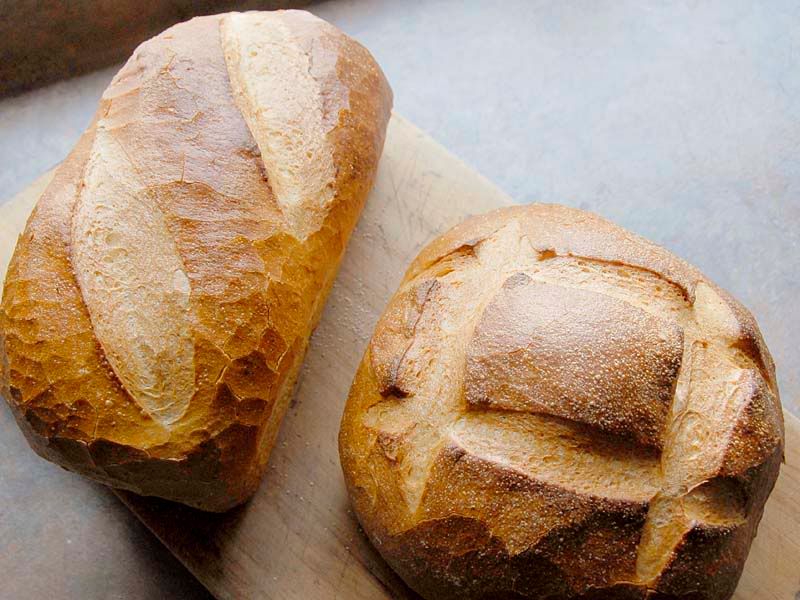I am a retired engineer, a baker of bread, and brewer of beer. This blurb is narrowly focused on what I have learned about the setting of sponge for the baking of bread (updated 6.May.09).
I have a very large supply of Saccharomyces cerevisia, the species of yeast used for baking. It is a by product of my brewing of ales. I cannot match the expertise and baking skills I have observed on this forum; but, I can contribute in this fairly narrow aspect.
The strain of S cerevisia is of little importance in baking. If it did, nobody would use instant or active dry yeast. Many students can attest, beer from these sources is not good. The bread turns out fine.
Stainless has no practical effect on yeast fermentation. Stainless steel is the rule for the construction of fermentation vats by both brewers and vintners. Yeast acidify their environment only slightly.
Oils and iodine (as in most table salt) are poisonous to yeast.. Small amounts MgSO4 (Epsom) & CaSO4 (Gypsum) cause no problems. Adding salts, is generally, a very bad idea.
Flour is a second rate food for yeast, they have to be starved into eating it (aclimate). Malt extract (malt liquor) is the finest yeast food. For baking, I recommend a dry malt extract - less than $5 / lb; almost a lifetime supply and it stores in anything airtight.
My understanding is that sponges differ from starters in that yeast propagation is not done with flour. Starters, quickly, get contaminated with wild yeast, molds, and bacteria - most commonly lactobaccilus which creates the sour dough effect. Maintaining a pure yeast culture is beyond the scope of this writing (at the moment). Good sanitary practices can maintain cultures for well over a year.
--- How I do it.
The objective of the following method is to impart a rich, full, and complex flavor to the dough without making it sweet. This is done by the maltose and dexidrines from the malt extract. It is more subtle than what occurs with sucrose, glucose, and fructose. The timing and measures are incredibly sloppy. Yeast can be very forgiving, if treated right. Minimize mechanical shock, thermal shock, light, and invadeing microorganisms.
I make as much sponge as possible. I put all off the dough's water requirement into my sponge.
Step 1 - Sanitize everything. Bleach water once, rinse twice. 1 capfull of bleach to a gallon of water.
Step 2 - Make lots of healthy, happy, well fed, yeast. Combine the water and at least 1 Tbs of malt extract powder for each 6 oz of water into a gallon jug. Temperature should be 75 ~ 85 F. Shake violently for a minute or so, to release the chlorine and to add oxygen (aerate). Decant into a bowl that holds twice the amount of water. I sort of add about 1 Tbs of yeast culture for each cup of water. It doesn't really matter as this is a propogation step, not a fermentation step. Cover and rest for 15 minutes to a couple of hours. The yeast will begin to reproduce very quickly. This is not fermentation, which is an anerobic process. Don't peek - at least not much. The longer this is left, the less maltose will remain and there will be more yeast to feed. You can add more malt extract at any time. The yeast are not as fussy about malt extract feeding schedules as they are about flour feeding schedules.
If using another source of yeast - split the water and follow the package directions. Add the malt powder, etc to the remainder. The source of the S cerevesia (yeast) is completly unimportant.
Step 3 - Make the sponge In a vessel, at least 4 times the amount of water (note: I use a small 2 gallon stainless steel pot with lid). Combine 1 cup of flour for each 12 oz of water - a very thin batter.
Step 4 - Set the sponge. Cover and keep warm 70 - 75 F for at least 6 hours. It can be kept for a couple of days without problems. If all goes well, the sponge will tripple in volume, and it will not separate. A fully set sponge will look uniformly bubbly and be very sticky.






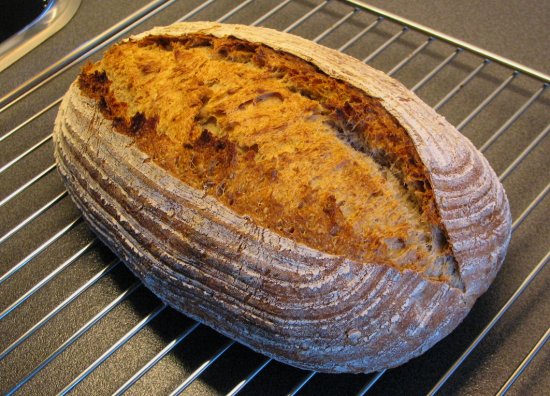
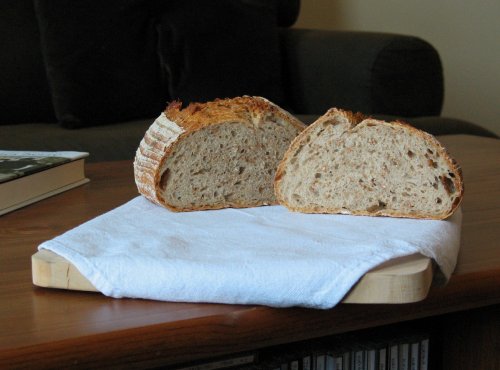
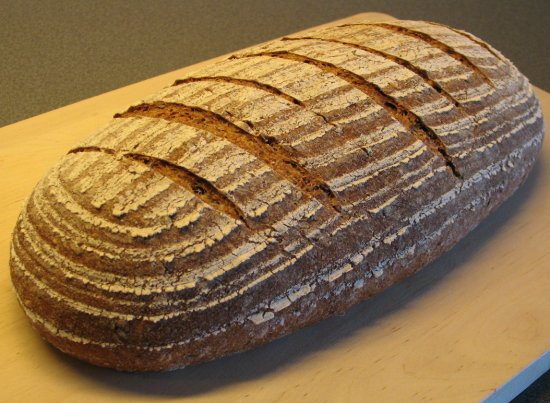
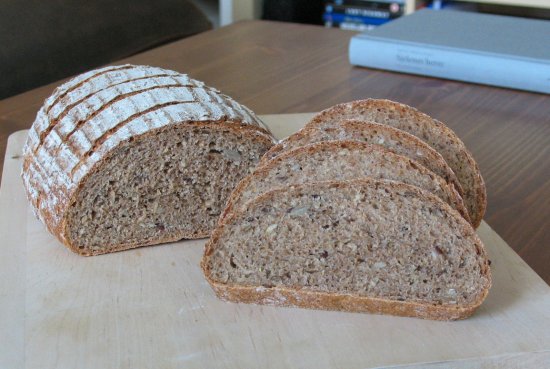
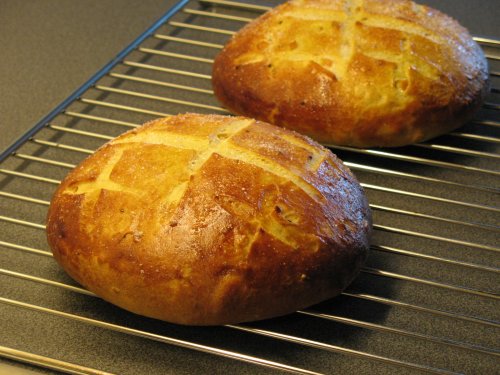
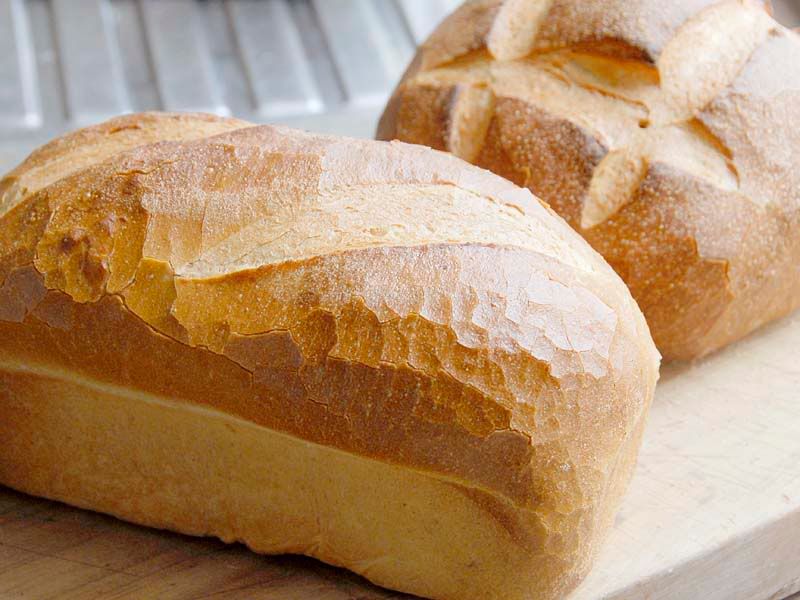 I thought it about time I started reciprocating with photos after all the awesome shots I've been viewing from you all since I joined The Feash Loaf three weeks ago.
I thought it about time I started reciprocating with photos after all the awesome shots I've been viewing from you all since I joined The Feash Loaf three weeks ago.